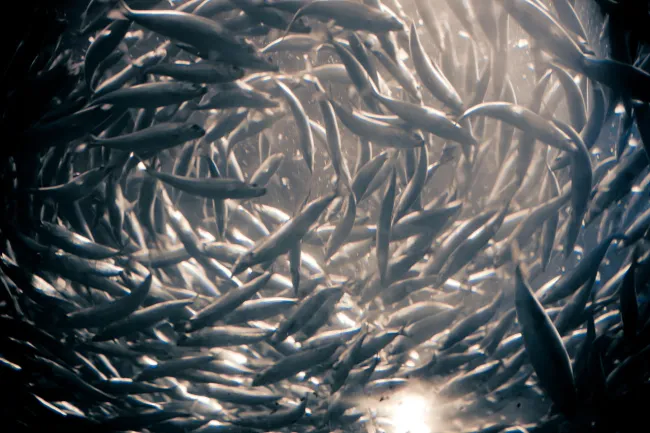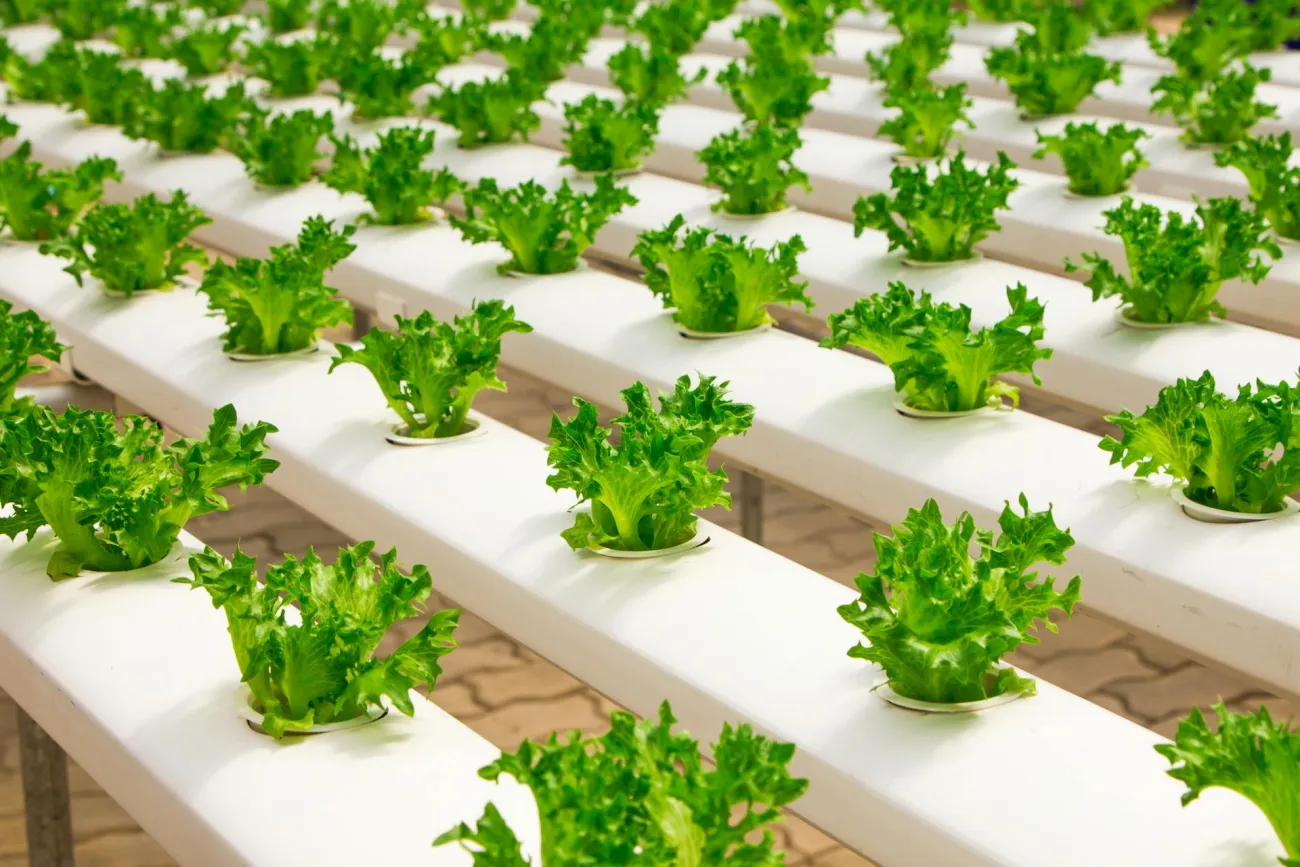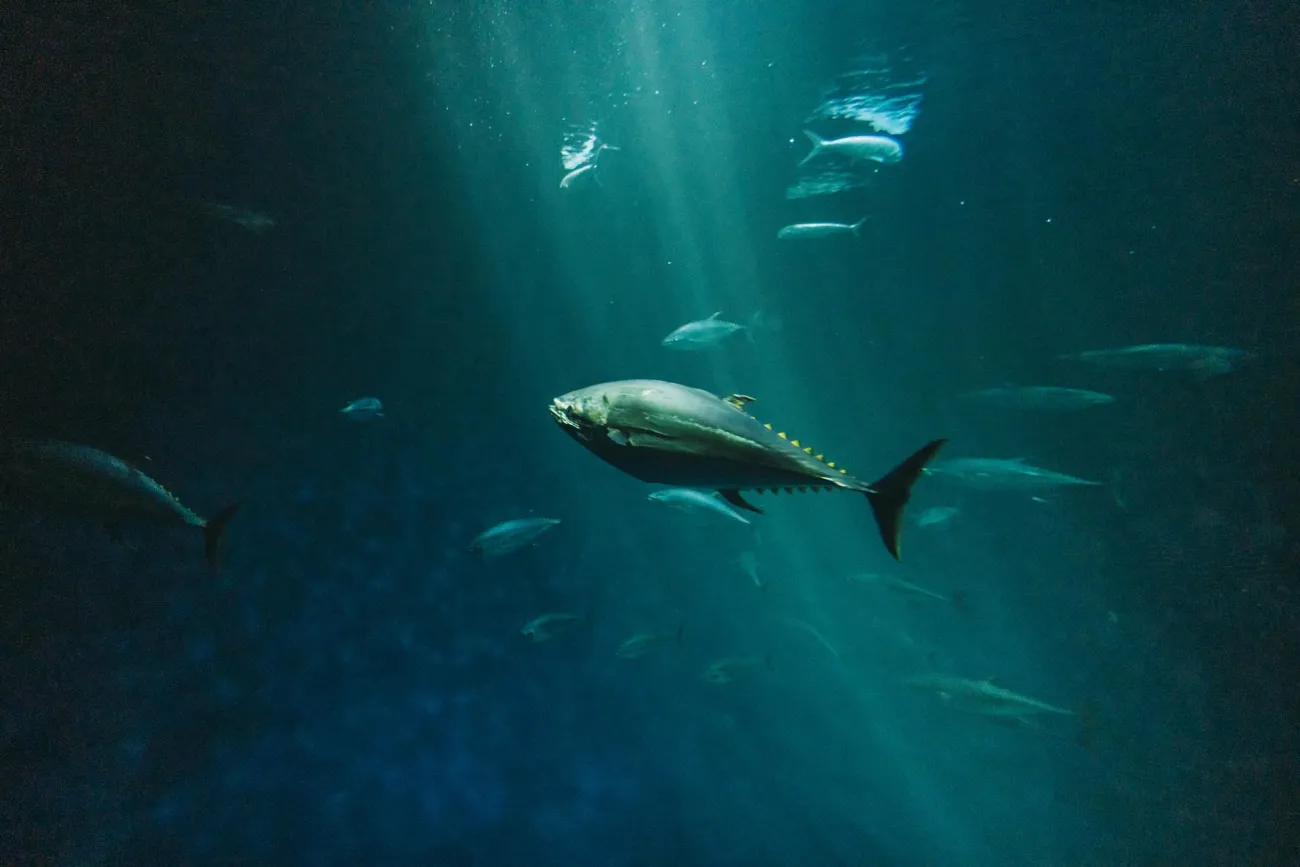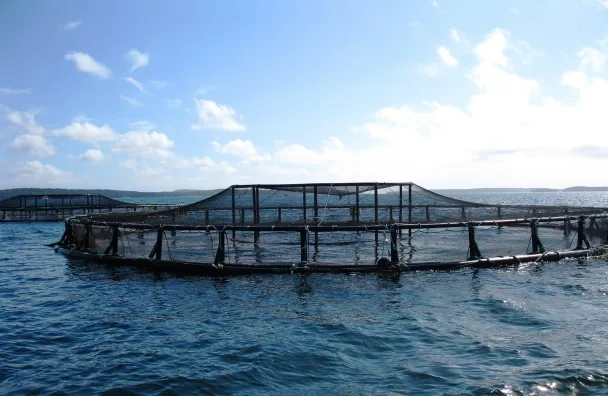Farmed fish are often fed on forage fish (such as anchovies and sardines) caught from the wild. A new paper points out that demand for forage fish to support aquaculture production is forecast to grow beyond the maximum sustainable supply level. The authors calculate that demand for forage fish could be reduced to below the maximum supply limit by combining a number of measures: reducing use of forage fish in land-based agriculture, replacing some forage fish with fish trimmings from processing, and reducing the proportion of forage fish in the diets of non-carnivorous farmed fish.

However, if demand for seafood were to increase (for example, through a widespread shift from meat to fish in diets), demand for forage fish could still exceed the maximum sustainable yield.
The paper does not discuss what the forage fish would be replaced with in agricultural and aquacultural feeds, nor does it discuss the environmental implications of producing the alternative feeds.
The paper mentions in passing that forage fish are currently an important source of long-chain omega-3 fatty acids for aquaculture. For more details, see the paper Feeding aquaculture in an era of finite resources, which discusses alternatives sources including algae, plant oils (e.g. flax, which produces omega-3 but not in the same form as in forage fish), genetically modified plant oils (to increase the amount of long-chain omega-3 fatty acids produced), krill, and rendered terrestrial animal products.
Abstract
Aquaculture is supporting demand and surpassing wild-caught seafood. Yet, most fed aquaculture species (finfish and crustacea) rely on wild-captured forage fish for essential fatty acids and micronutrients, an important but limited resource. As the fastest growing food sector in the world, fed aquaculture demand will eventually surpass ecological supply of forage fish, but when and how best to avoid this ecological boundary is unclear. Using global production data, feed use trends, and human consumption patterns, we show how combined actions of fisheries reform, reduced feed use by non-carnivorous aquaculture and agricultural species, and greater consistent inclusion of fish by-products in China-based production can circumvent forage fish limits by mid-century. However, we also demonstrate that the efficacies of such actions are diminished if global diets shift to more seafood-heavy (that is, pescatarian) diets and are further constrained by possible ecosystem-based fisheries regulations in the future. Long-term, nutrient-equivalent alternative feed sources are essential for more rapid and certain aquaculture sustainability.
Reference
Froehlich, H.E., Jacobsen, N.S., Essington, T.E., Clavelle, T. and Halpern, B.S., 2018. Avoiding the ecological limits of forage fish for fed aquaculture. Nature Sustainability, 1(6), p.298.
Read the full article here. See also the Foodsource resource How do food systems affect fish stocks and marine habitats?




Comments (0)